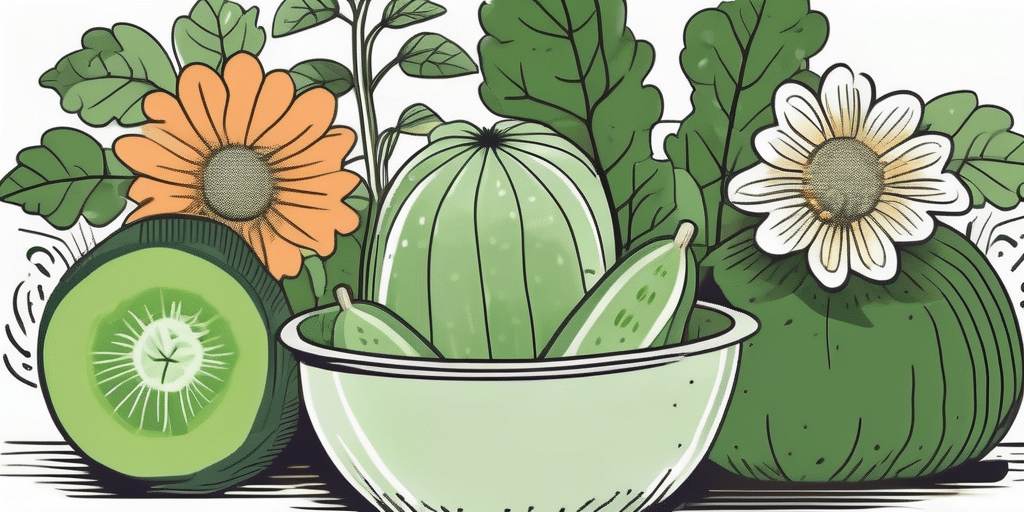Companion planting is a time-honored gardening tradition that involves growing different plants together for mutual benefit. When it comes to cucumbers, there are several companion plants that can help improve growth, deter pests, and enhance flavor. Let’s delve into the world of companion planting for cucumbers and explore the best options.
Understanding Companion Planting
Companion planting is a method of gardening that involves planting different crops in proximity for pest control, pollination, providing habitat for beneficial creatures, maximizing use of space, and to otherwise increase crop productivity. It’s a practice that’s been used by various cultures worldwide for thousands of years.
According to the United States Department of Agriculture, companion planting can be an organic way to improve your garden’s health and yield. The key is to understand which plants work well together, and why.
Benefits of Companion Planting for Cucumbers
Cucumbers can benefit from companion planting in several ways. First, certain plants can help deter pests that commonly affect cucumbers. Second, some plants can improve the soil, making it more conducive for cucumber growth. Third, certain plants can attract beneficial insects that help with pollination.
According to a study from Purdue University, companion planting can also help to increase biodiversity in your garden, which can lead to a healthier and more balanced ecosystem.
Best Companion Plants for Cucumbers
Marigolds
Marigolds are a popular companion plant for many vegetables, including cucumbers. They are known for their ability to deter pests, such as nematodes and beetles, thanks to their strong scent.
According to the National Agricultural Library, marigolds can also improve soil quality by releasing chemicals that kill harmful nematodes, microscopic worms that can damage the roots of plants.
Beans
Beans are another great companion for cucumbers. They help to improve the soil by fixing nitrogen, a nutrient that cucumbers need to grow well.
A study from the Cornell University found that beans can increase the availability of nitrogen in the soil, which can lead to increased growth and yield of neighboring plants.
Nasturtiums
Nasturtiums can act as a trap crop for pests like aphids, which are attracted to their bright flowers. This can help to protect your cucumbers from these harmful insects.
According to the University of Minnesota Extension, nasturtiums can also attract beneficial insects like hoverflies, which are natural predators of aphids.
Plants to Avoid Planting Near Cucumbers
Just as there are beneficial companions for cucumbers, there are also plants that can hinder their growth. These include aromatic herbs like sage and strong vegetables like onions and potatoes.
These plants can compete with cucumbers for nutrients and space, and their strong scents can deter beneficial insects. Therefore, it’s best to keep these plants separate from your cucumbers.
How to Implement Companion Planting
- Start by planning your garden layout. Consider the needs of your cucumbers and their companion plants, such as sunlight, water, and space requirements.
- Plant your cucumbers and companion plants at the same time to ensure they grow together and benefit from each other from the start.
- Monitor your garden regularly to ensure that the companion plants are benefiting your cucumbers and not competing with them.
Companion planting is a natural and effective way to improve your cucumber harvest. By understanding which plants work well with cucumbers, you can create a healthier and more productive garden.
Join Our Green-Thumbed Community!
Ready to turn your cucumber companions into a thriving garden symphony? Subscribe for free to How to Grow Everything and let us guide you in building the garden of your dreams. Receive personalized gardening advice tailored to your grow zone and experience level, along with the best tips and special offers, straight to your inbox. Join our family of gardening enthusiasts and grow with confidence—100% free, no spam, just pure gardening gold!
